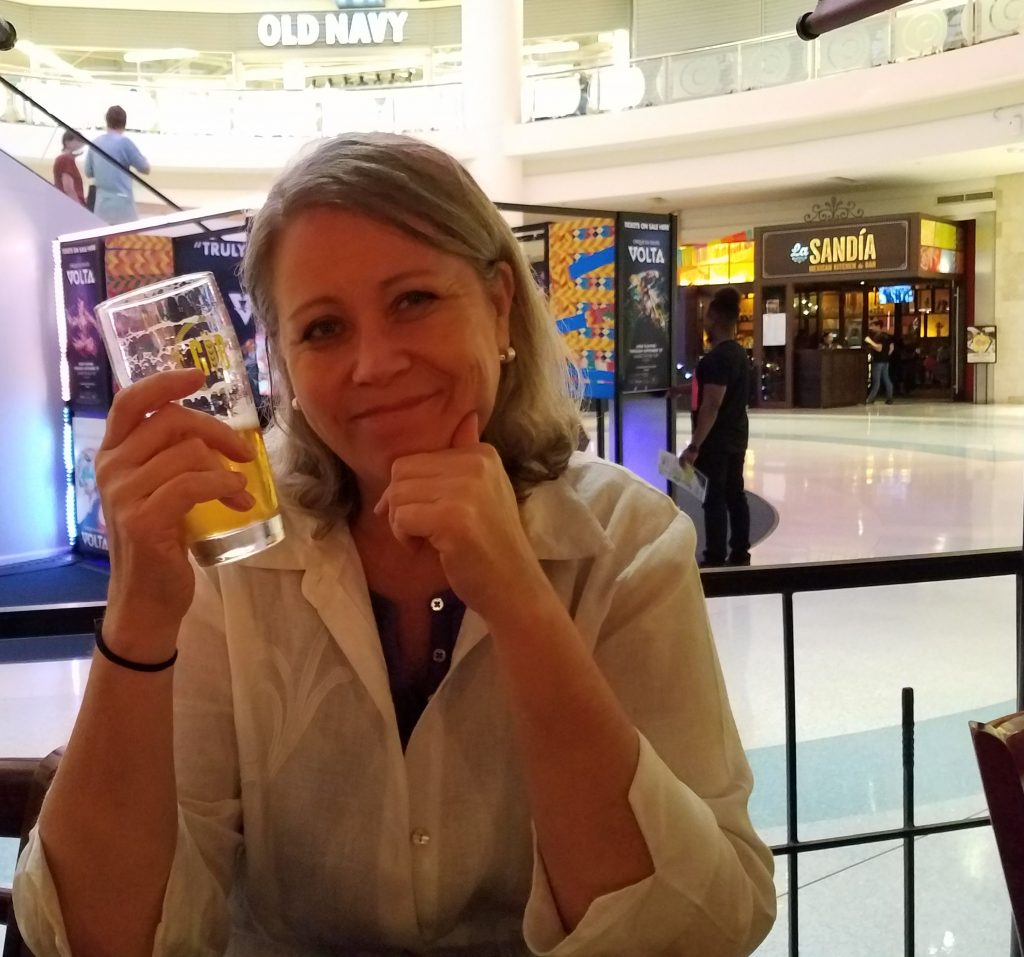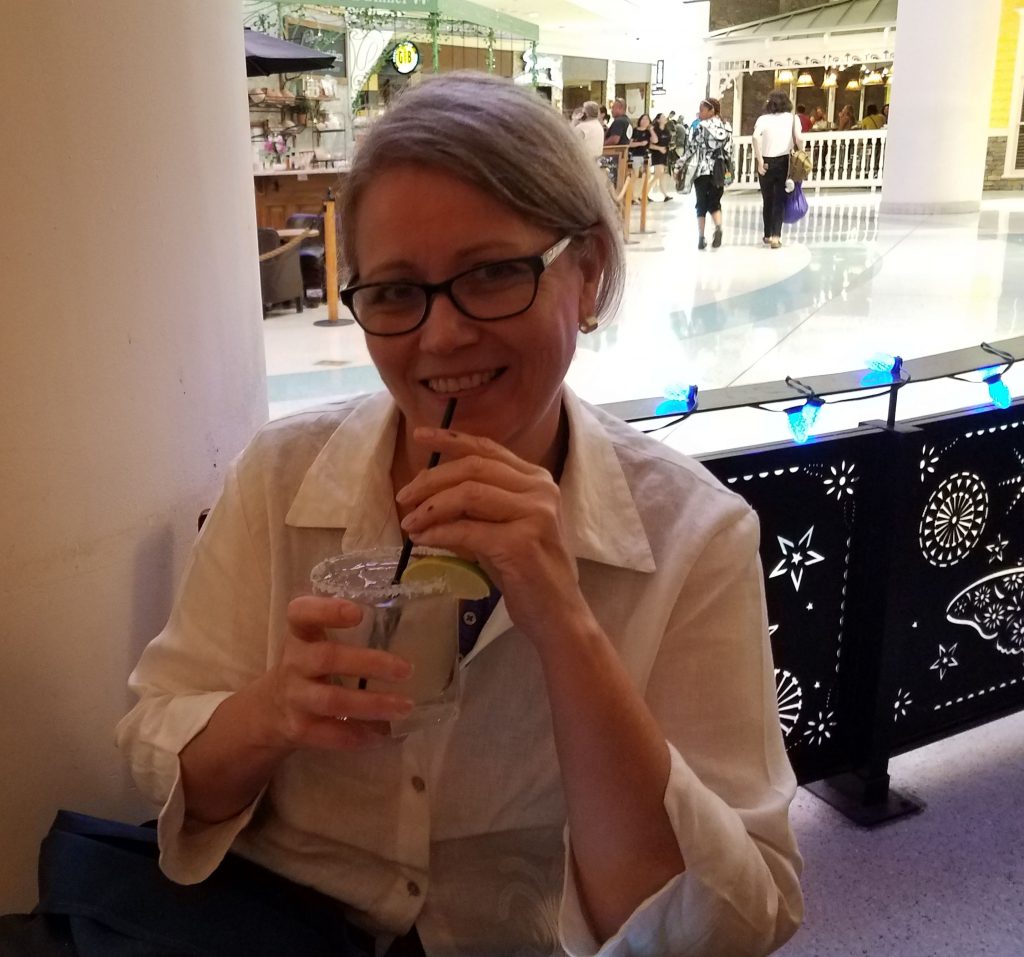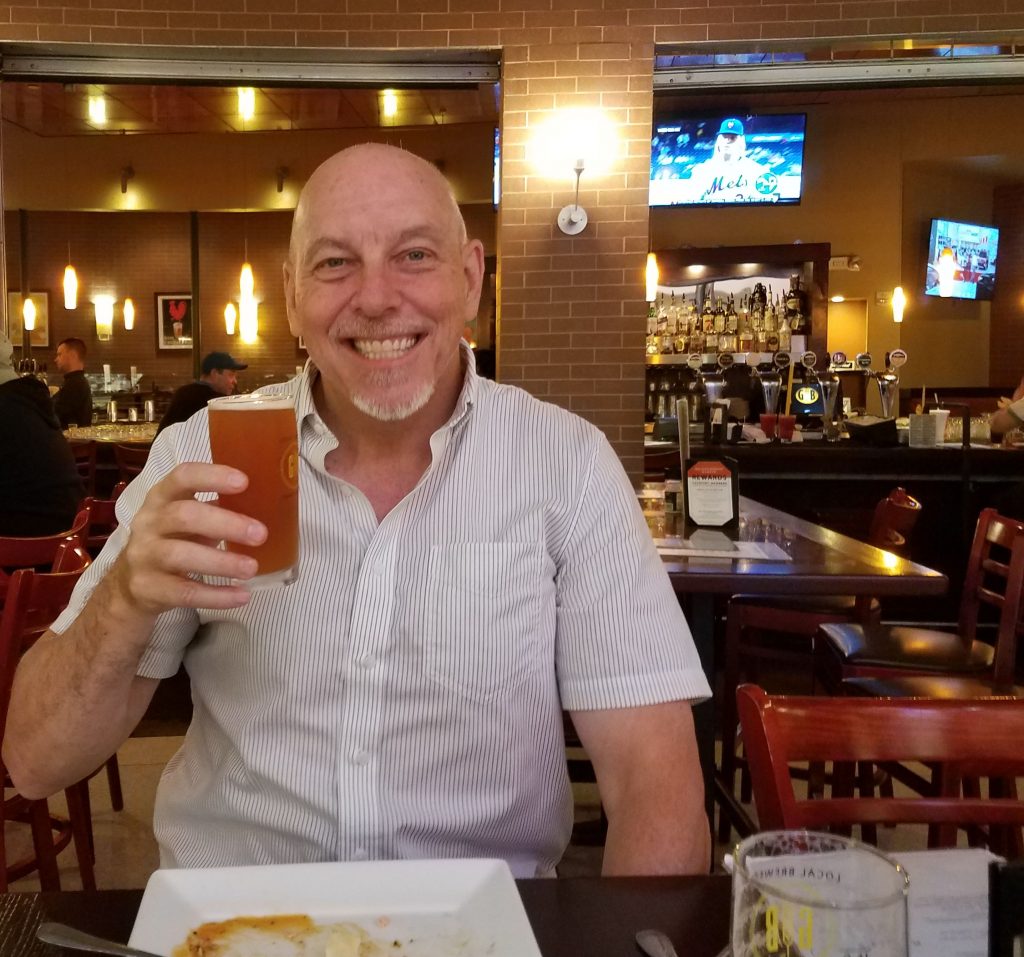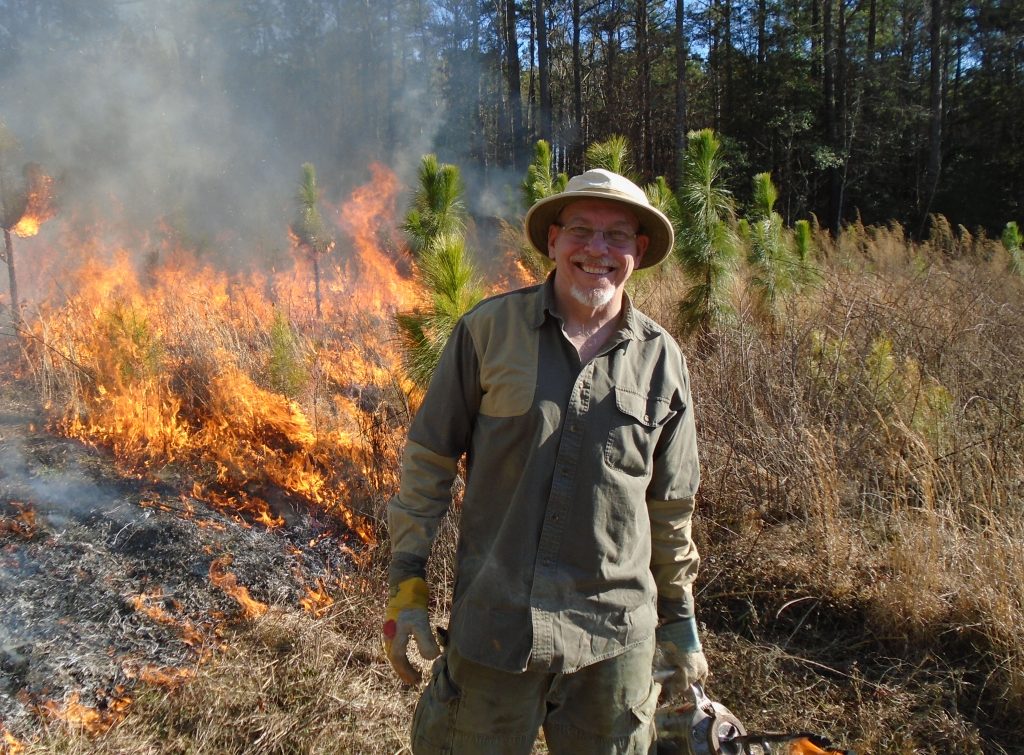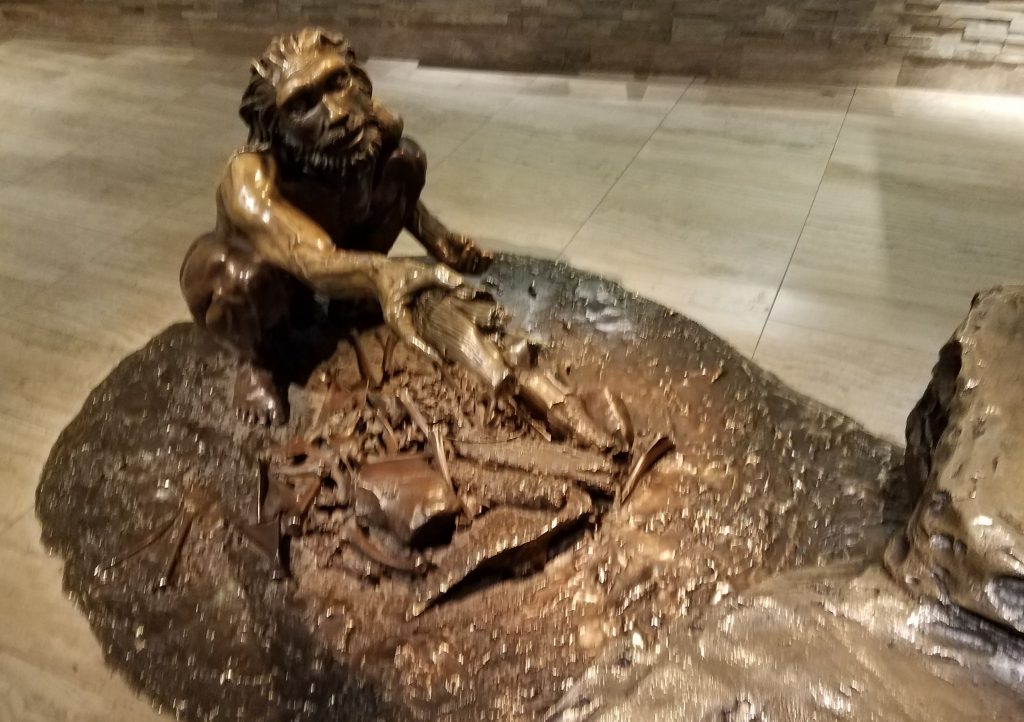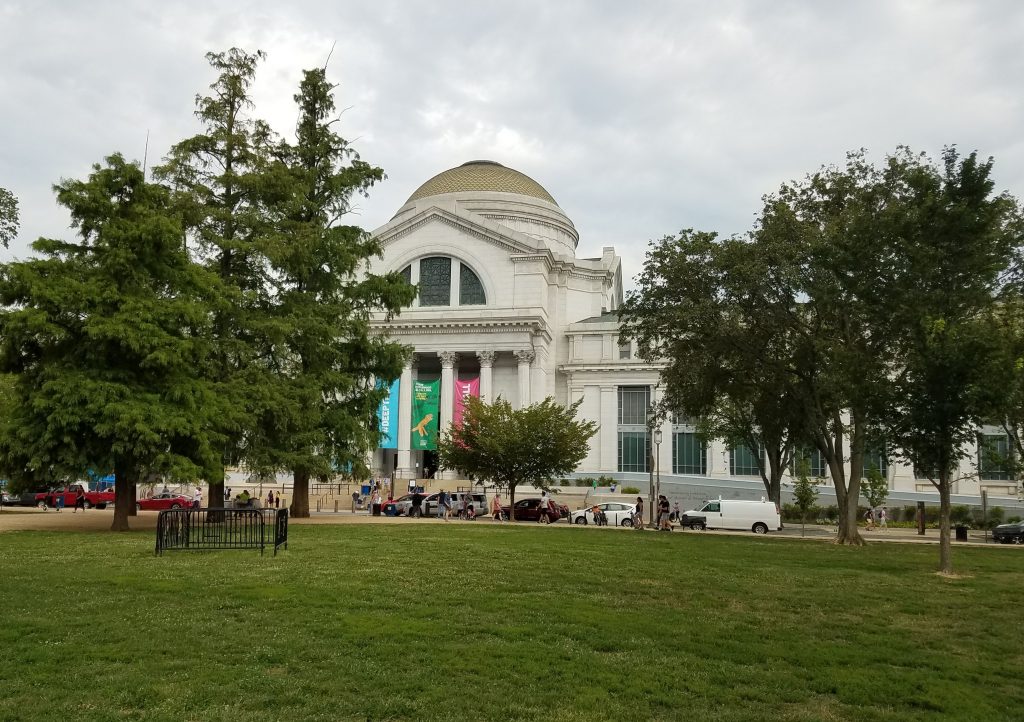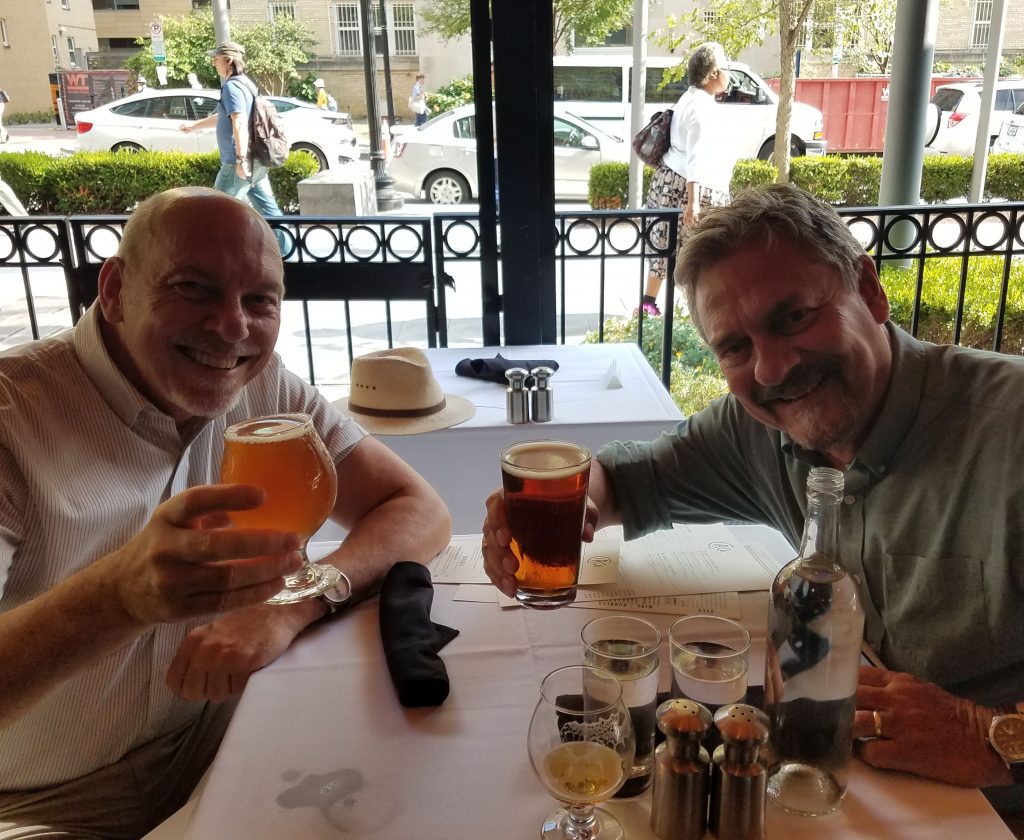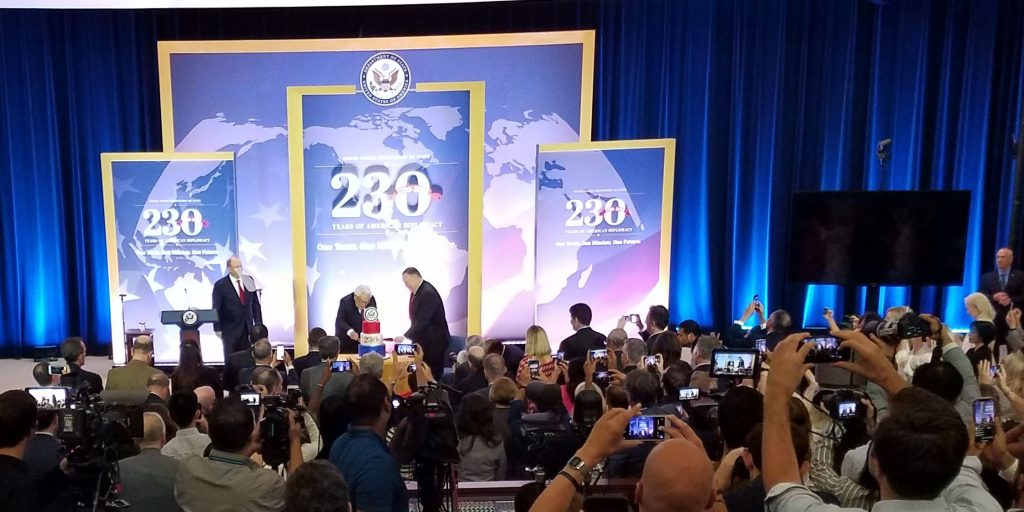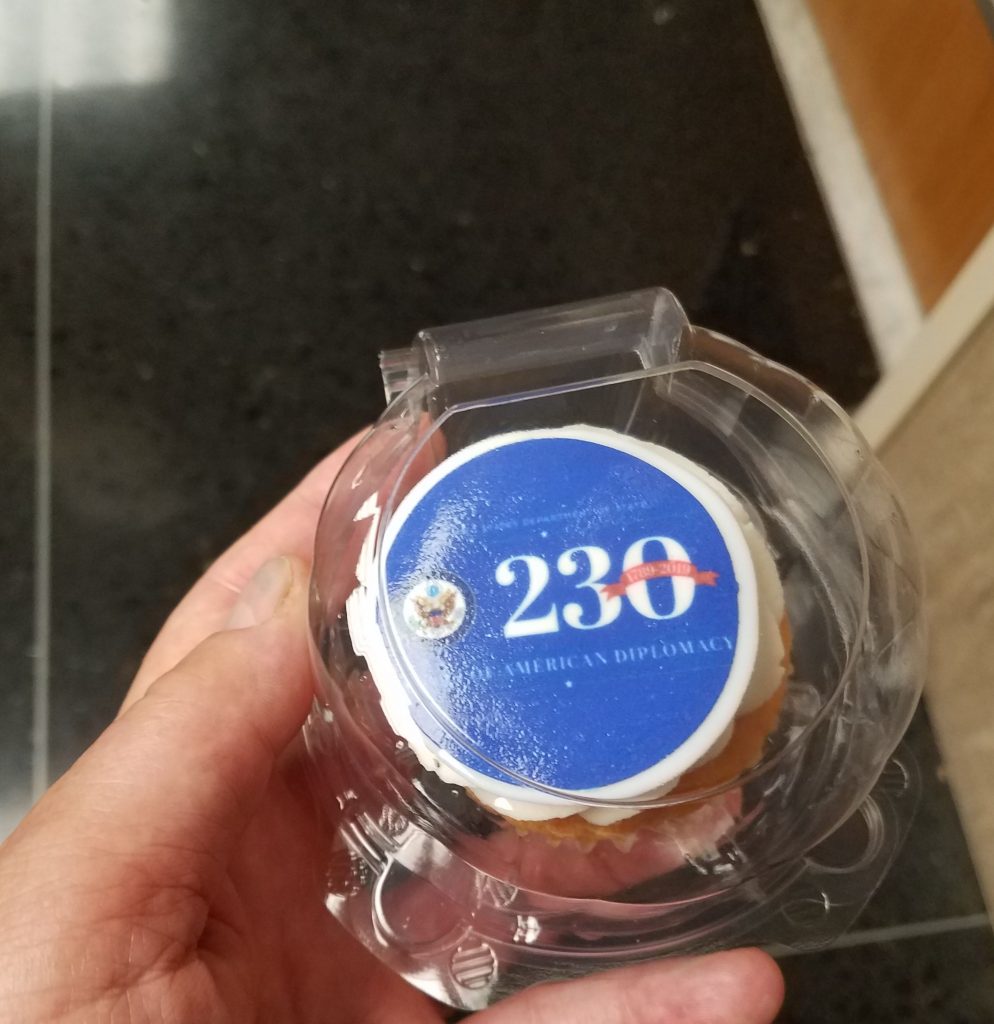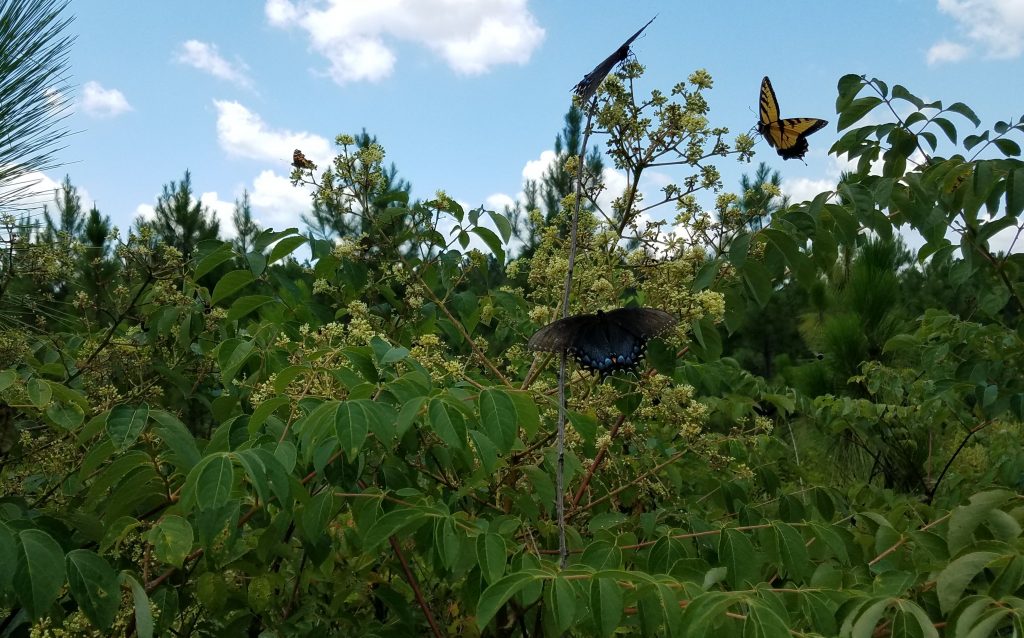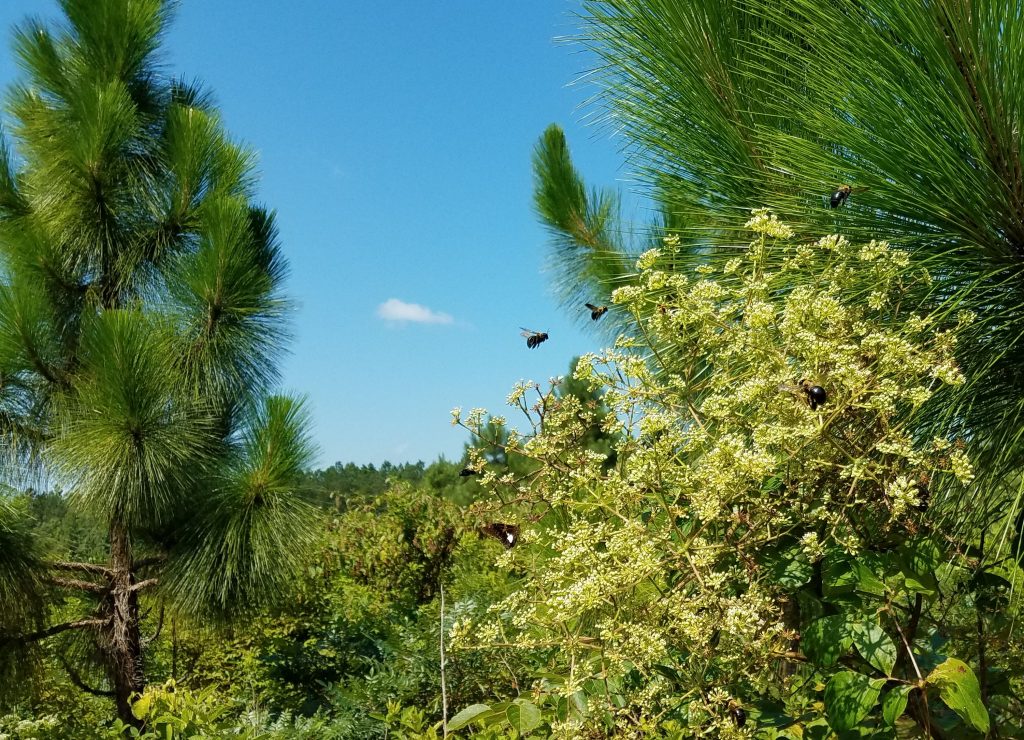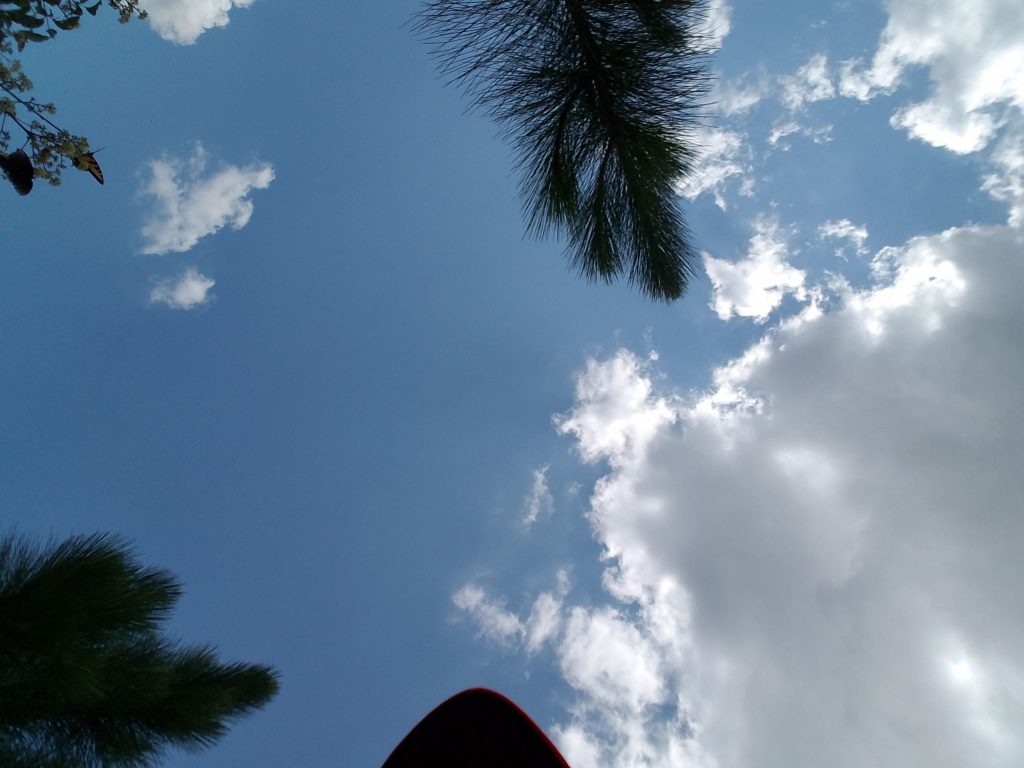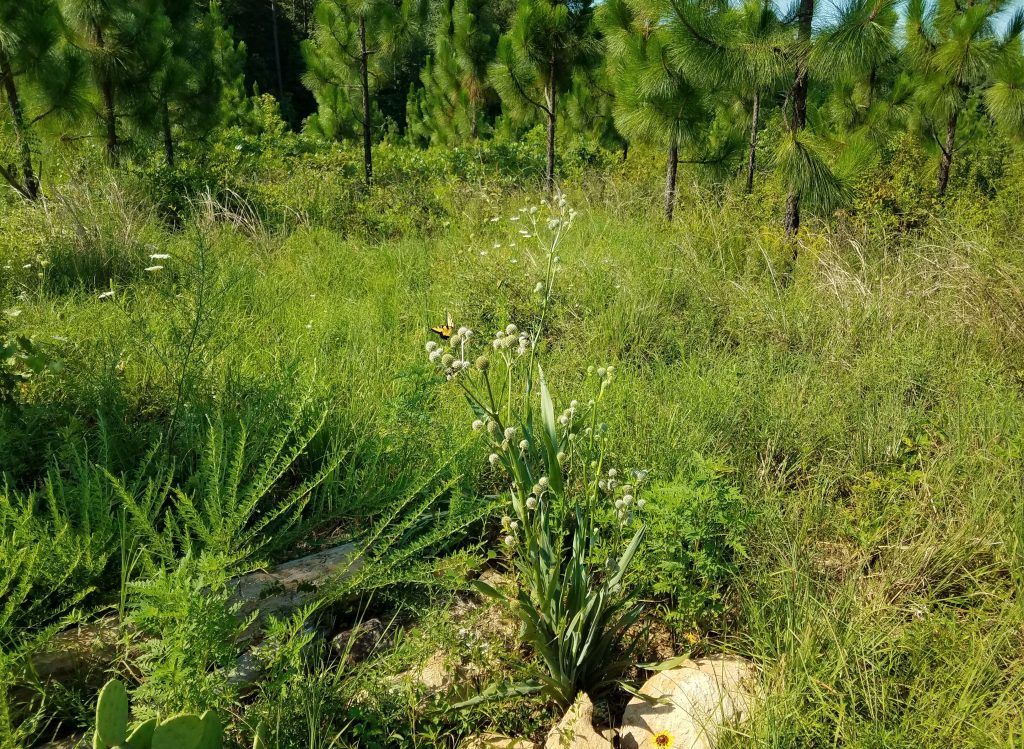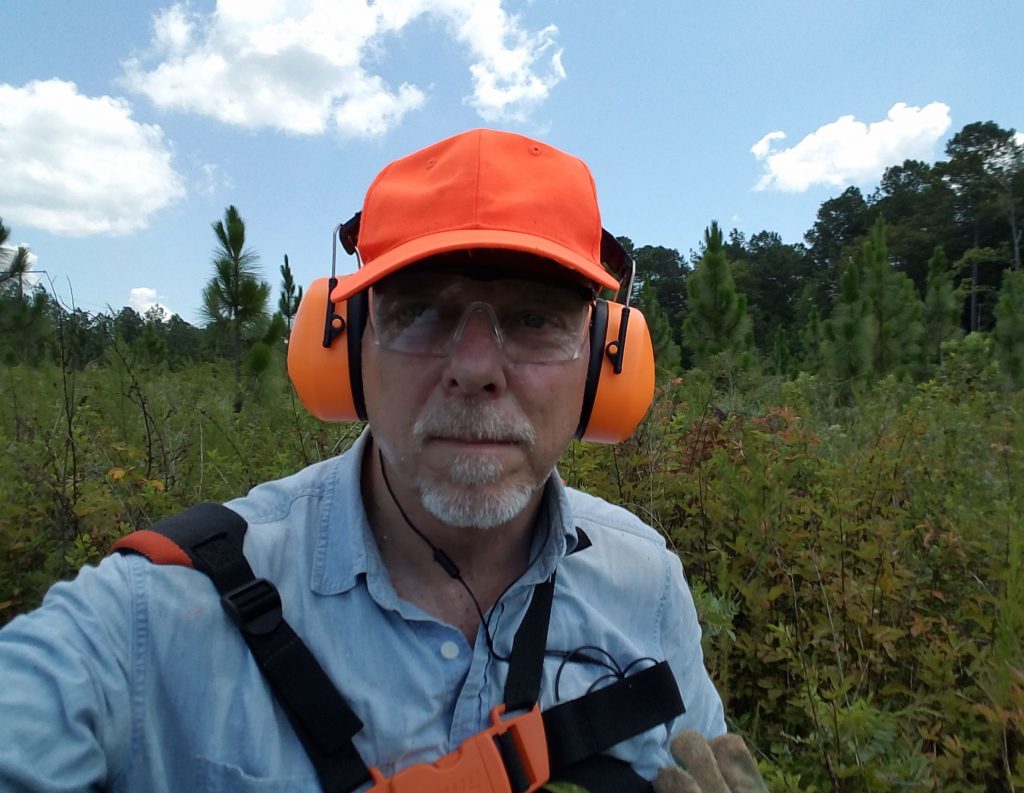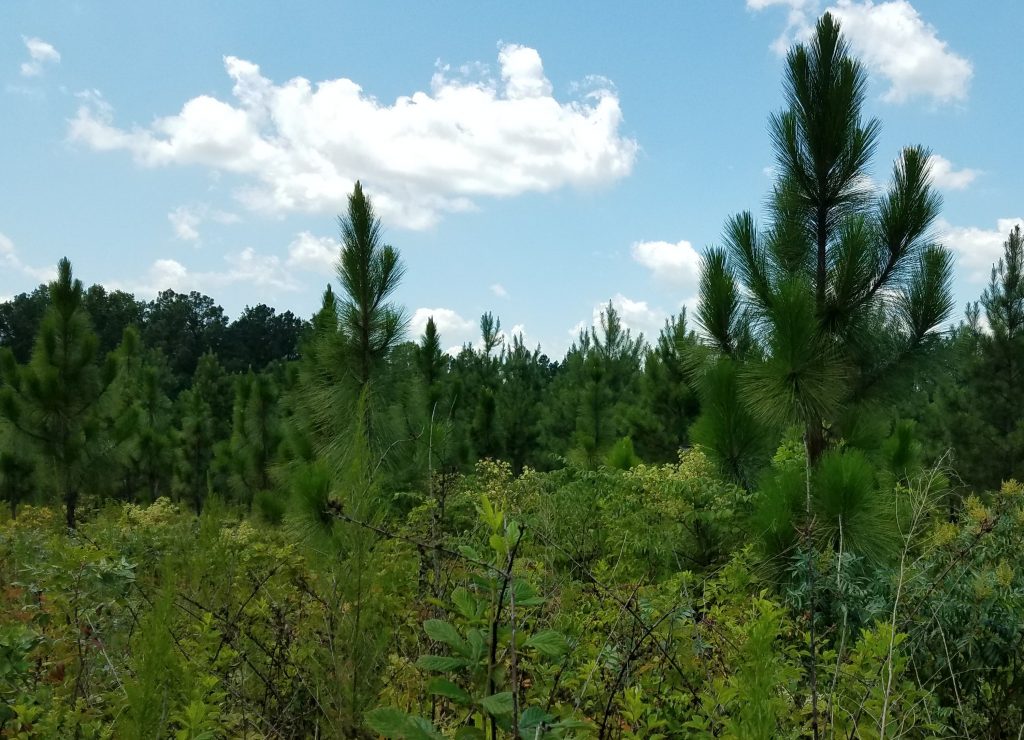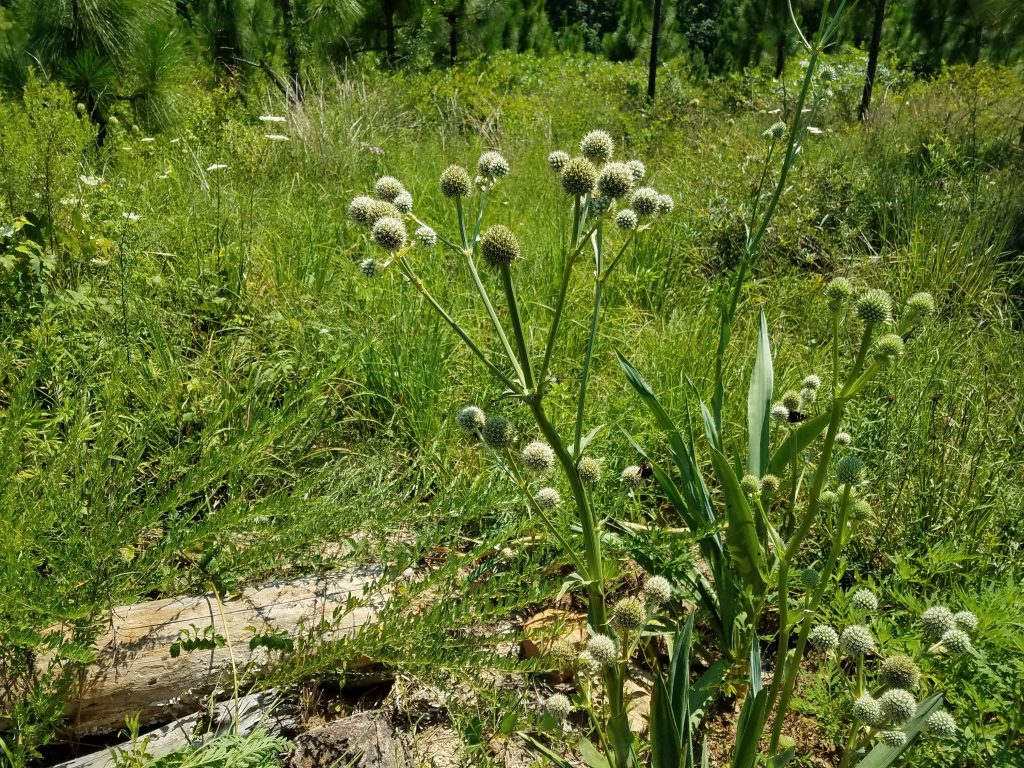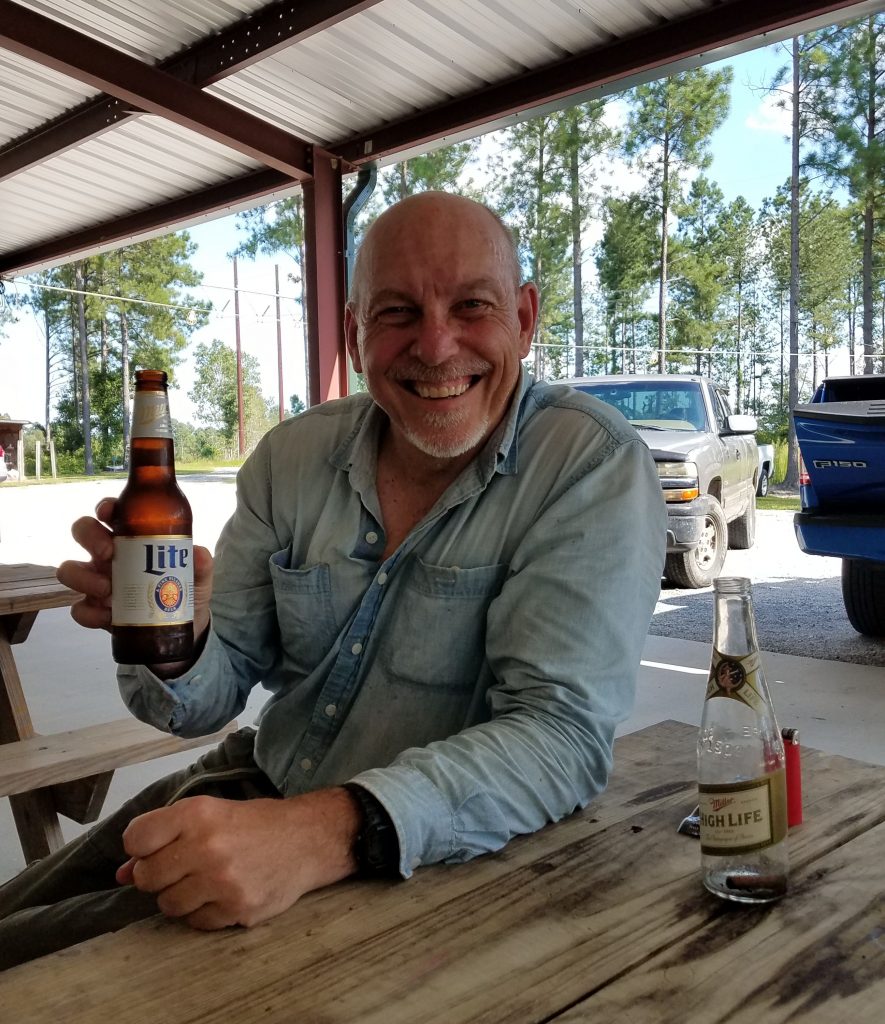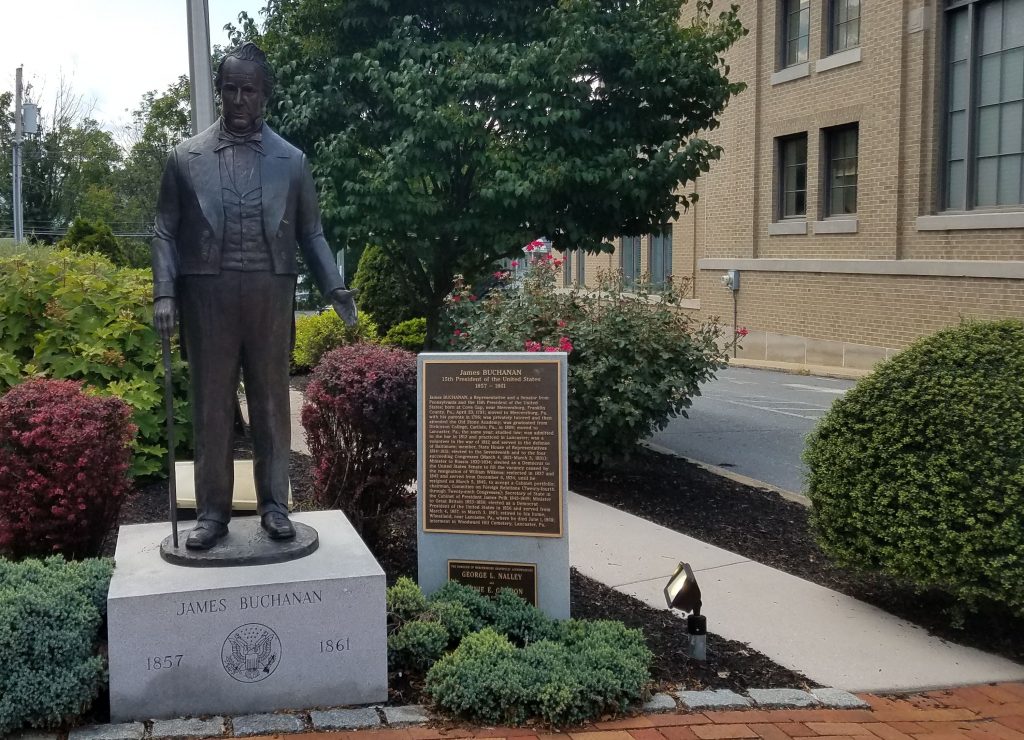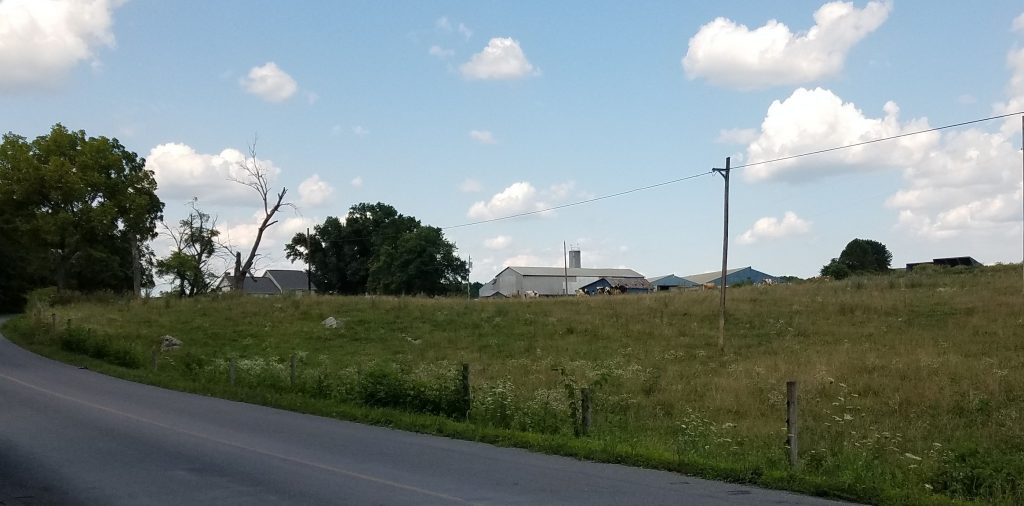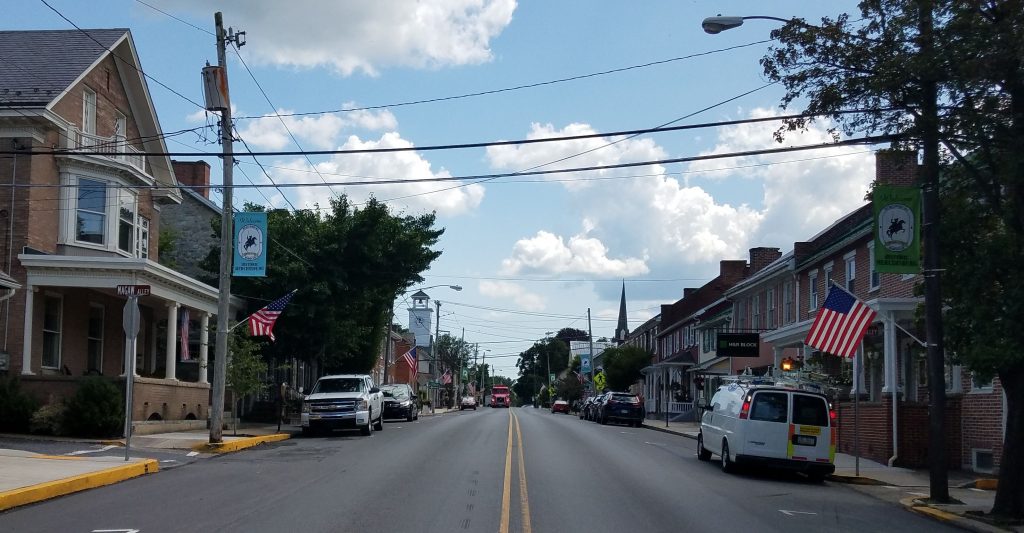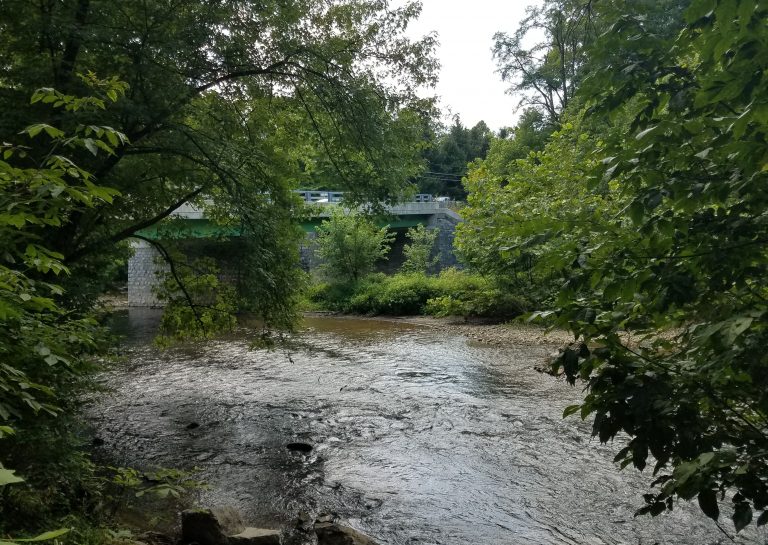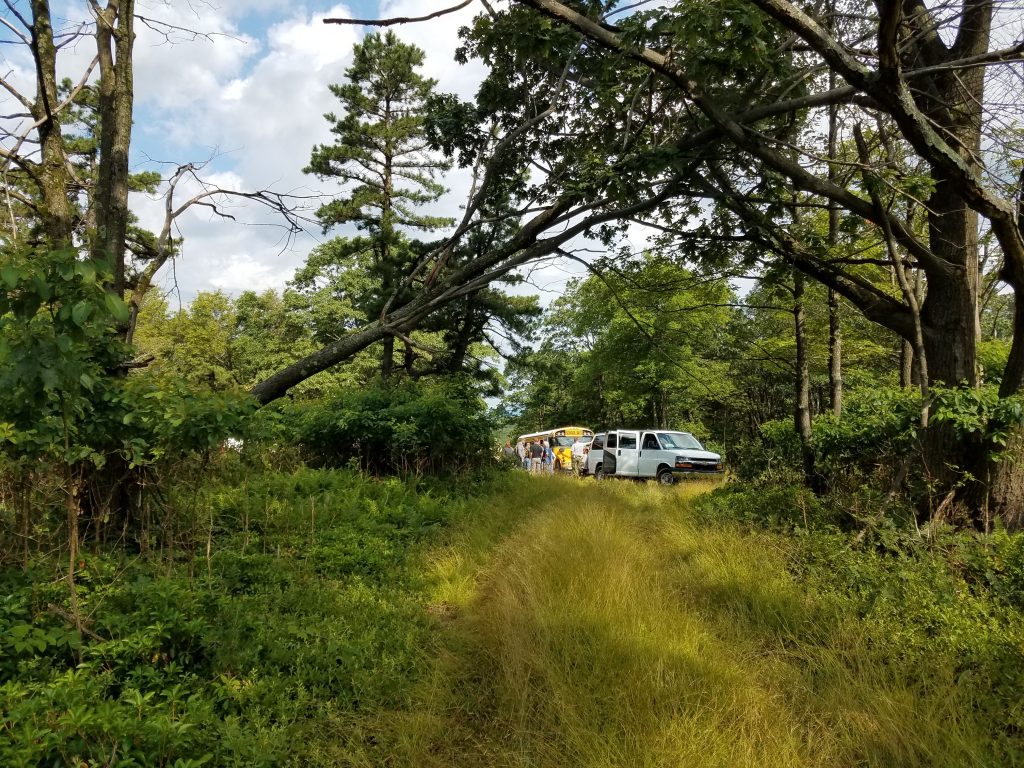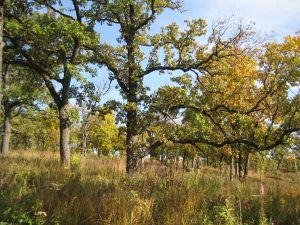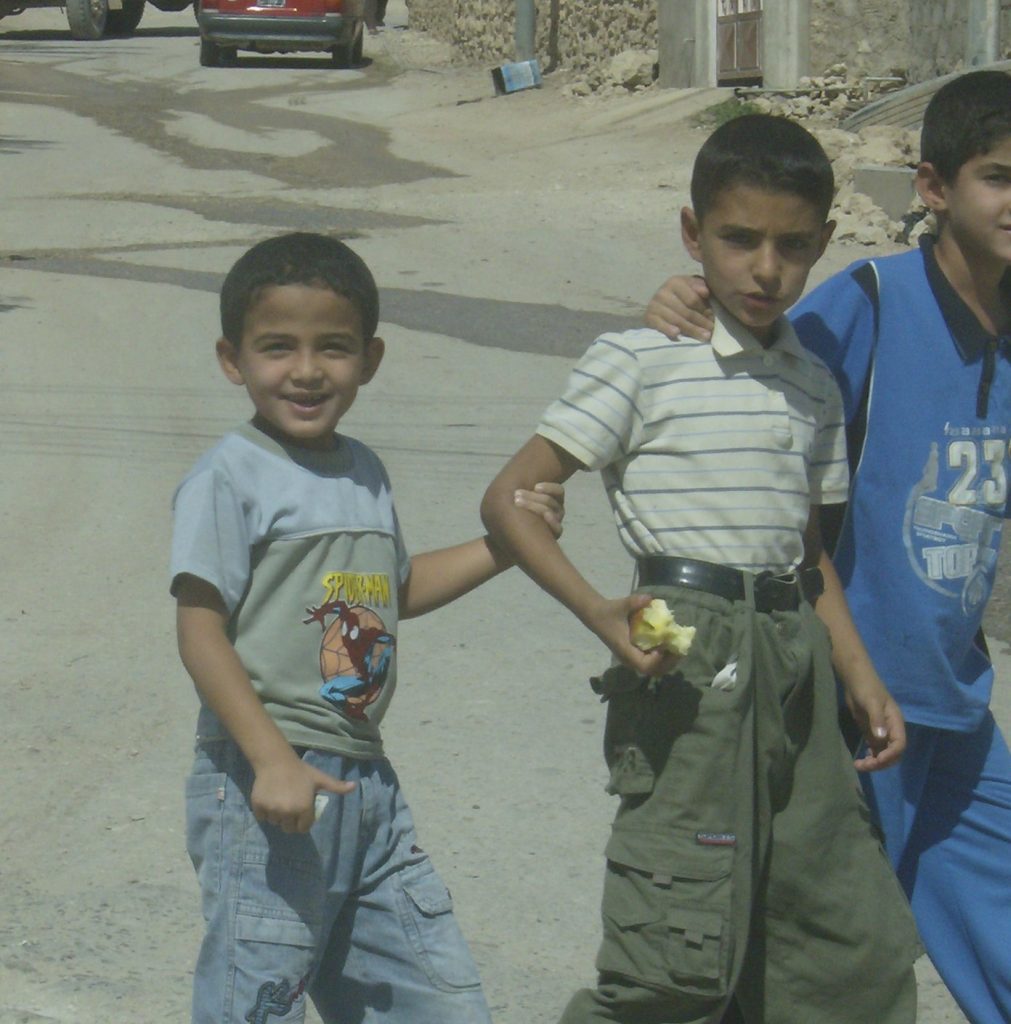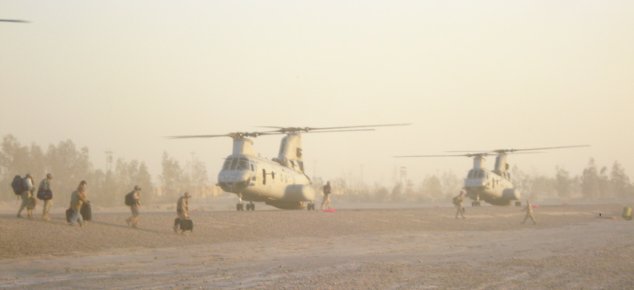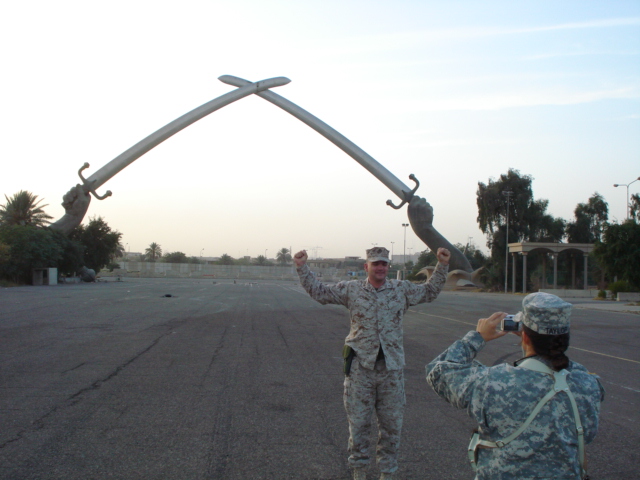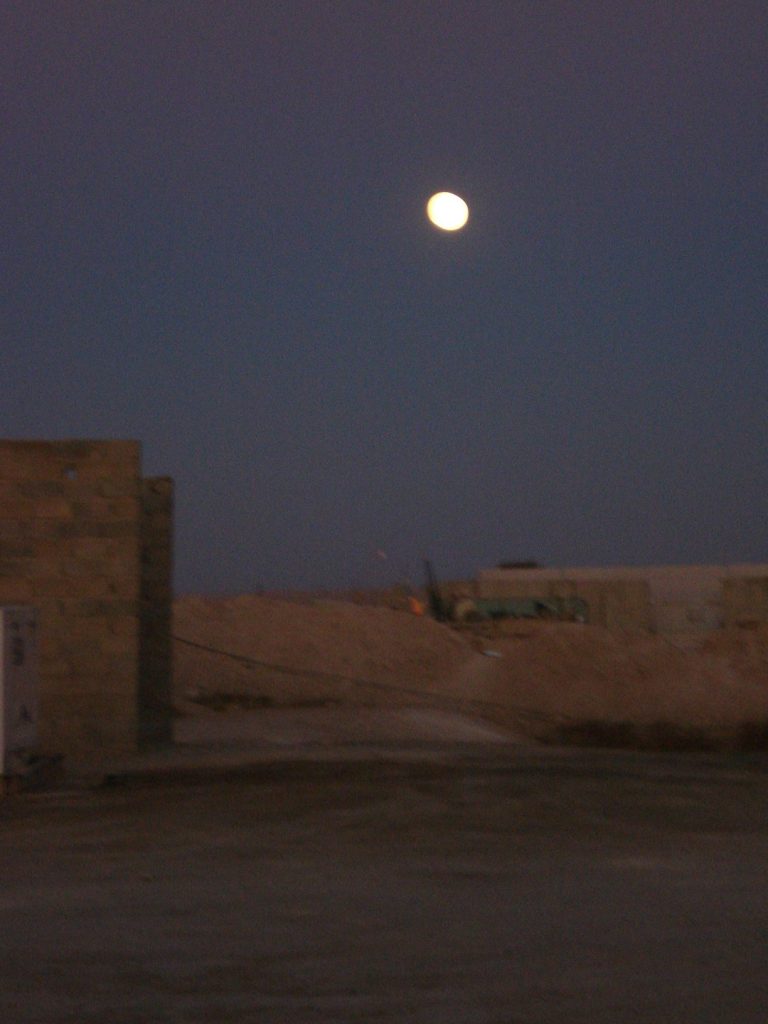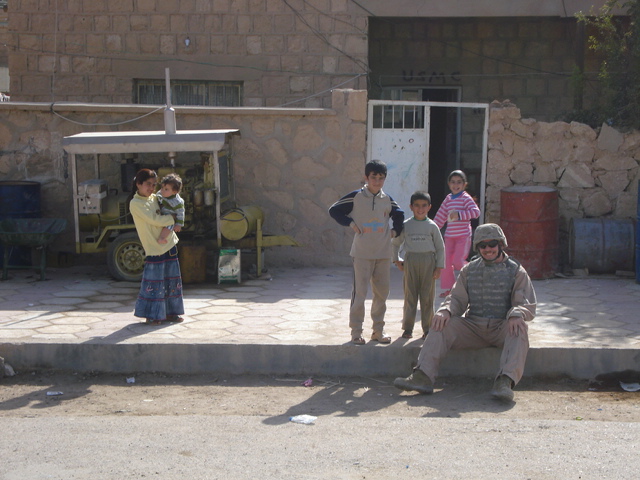My Story Worth for this week.
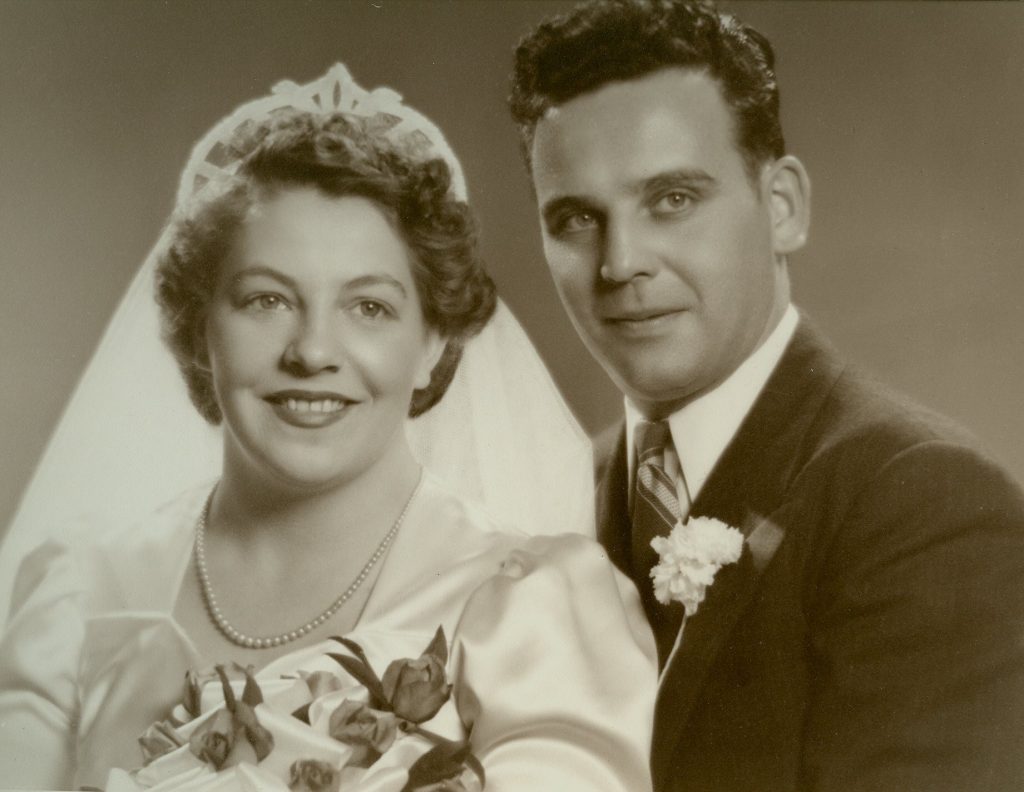
My parents were very relaxed. They never spanked me, and I don’t recall them even raising their voices to discipline me. Of course, I was probably just a good kid. But my parents’ reactions to my behaviors was very different from the parental reactions experienced by my friends in similar situations. Some of my friends feared their fathers. I never did. But I think my parents had stronger influence over me than other parents had over their kids.
No punishment
My parents’ influence on me was reason-based, not punishment-based. I could “get away” with almost anything w/o suffering the usual kid punishments. I never got grounded and I never suffered the physical punishment some of my friends did. What I really could not endure was for my mother to say, “you know what you did was wrong?” and know she was right.
First lesson at the corner store
I recall the one time I stole anything when I was a kid. I don’t recall how old I was, but it was maybe four or five. It is one of my earliest memories and I think it was before kindergarten. There was a grocery store at the corner of Howell & Rosedale run by an old couple, Cortez. They had those general bins with cookies. I just helped myself to one and was eating it as we left the store. My mother asked where I got that, and I told her. She gave me money and made me go back in and pay for the cookie. Mrs. Cortez was very nice and told me I could have it. When I got out there and triumphantly told that to my mother, she said no. I had to go back in and tell Mrs. Cortez that I really could not have the cookie and that I had to pay for it.
It was a protracted ordeal but consider the lesson. I had to acknowledge that what I did was wrong, even though I got away with it and even though a competent authority was willing to overlook my transgression. In addition, I was trusted to make it right. At any point, I could have ended my problem by simply lying about it, telling my mother that I had paid. I doubt my little mind figured this out, but of course my mother likely would have talked to Mrs. Cortez about it later. It does take a village.
Strict but loose
So, I guess we had a kind of strict morality, with a loose enforcement, or maybe a strict enforcement but one that depended on internal controls.
The simple rule was that I was not supposed to lie, cheat or steal, but I was spared some of the other strictures suffered by my friends. For example, my friends had a strict “respect your elders” rule that did not apply to me. We lived in a neighborhood of busybodies, who were always calling the cops or calling our parents to complain about our behaviors. Sometimes we deserved it, but mostly we were just hanging around or playing football in the streets or open fields.
Talking back to the elders
When the local nudnik would come out, we would usually run off, but I would sometimes “talk back.” I considered myself very eloquent, but my elders were not amused. I recall a few times when they called my parents or even came up to the house.
My mother’s reaction shaped my personality in that it was both moral and devious. She asked me the circumstance of my talking back. In the cases I recall (maybe selective memory) were mostly unjustified in their anger, and my mother did not castigate me. She generally knew the specifics to the nudnik in question and told me that I should just avoid antagonizing them, not as a matter of right or wrong but just a practical rule.
This attitude has been very useful to me in my life and especially my diplomatic life. I can detach myself from the action if it is not a matter of high principle. I can very easily “give in” w/o being defeated and often with no intention of being affected. I make a strong distinction with what is said and what is done, being concerned with the former as an aspiration and the latter as something that matters.
I also learned that some of the nudniks were content ONLY to talk. My mother explained that one of them, a Mrs. Connolly was just a lonely old lady and I should make a special effort with her, even though she was a pain in the rear. Next time it snowed, I shoveled her walk and she became my advocate. She told my mother that most kids were delinquents, but I was okay.
Figure out what they want
Consider that lesson. Had I been punished for talking back, I would have avoided getting caught talking back. Instead, I learned how to be more charitable and in the practical sense how to get along better with people. I still follow that lesson when faced with a difficult person. I try to figure out what they really want and what I can give them. Often, I can give them something w/o it causing me much, or any trouble.
My mother did most of the discipline. My father worked all the time. They were building the Interstate system in those days and my father got a lot of overtime at the cement factory. He was very tired after those 12-hour-days. He was mostly a benign presence. Comparing again to my friends, their mothers would sometimes say something like, “Wait till your father gets home.” This filled them with dread. I don’t recall my mother ever saying anything like that, with the possible exception that I sometimes had to go up to the store and get some bread before my father got home.
No deep philosophy
Neither of my parents were well-educated and I doubt they developed their parenting philosophy from any books or articles. They were involved deeply in my life, but not broadly. I had a lot of choices that I could make.
I have mixed feelings about criticizing their style, since I am very content with how my life turned out. Sometimes I think they might have pushed me harder. The one attitude they had that I think was pernicious was a self-limiting ethos. My father sometimes said that I should not try some things because they were “only of rich kids” or just were too much trouble. Life turned out okay, however, so I cannot complain. My parents parenting style was not perfect, but it was very, very good and it gave me life options for which I am grateful.

